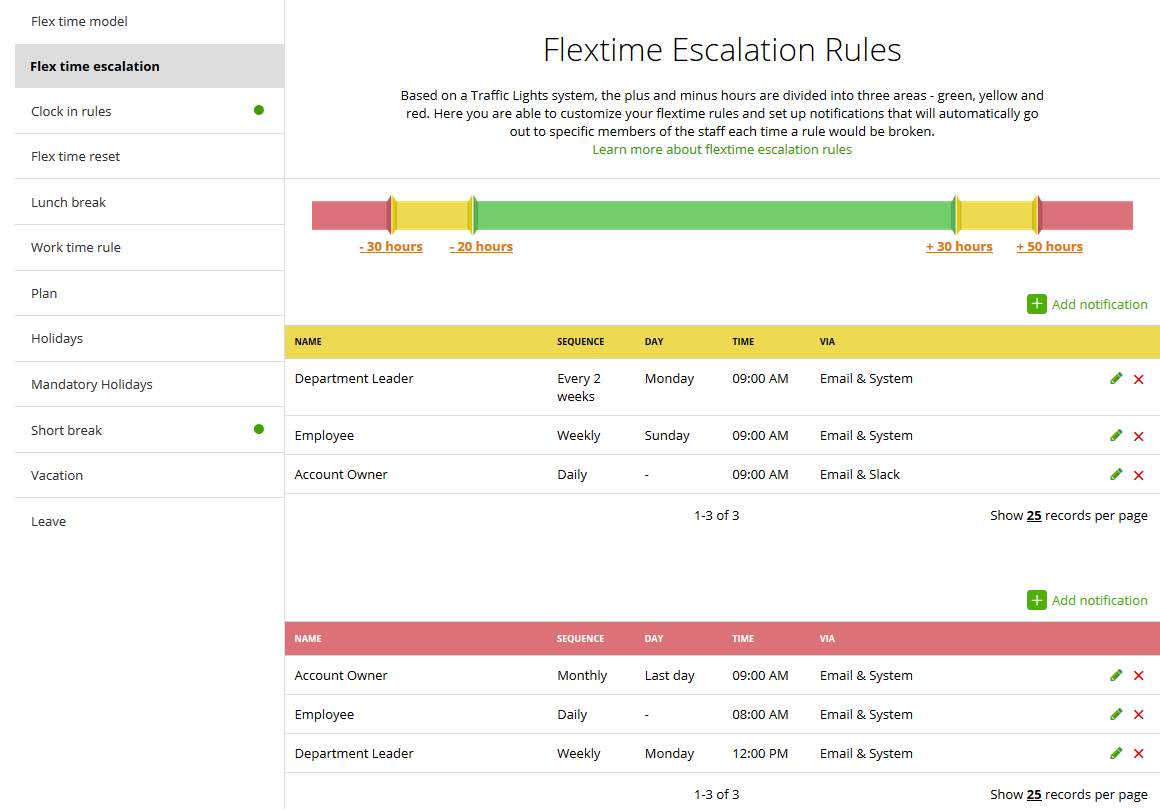

Maybe one company designates specific days that everyone must be in office while another allows employees to work remotely full-time. One company may require the employee to work at least 8 hours within a 10 hour window each day, while another might require employees to adhere to a more rigid set schedule with a half hour of leeway on either side of the shift. That means the organization that is interested in establishing a flextime program can set the structure as they see fit. There is no set definition of flex work and no legal requirements or standard expectations for when an employee should be working. Could #flextime be the answer? What is Flextime? Of course, “flexible” takes on different meanings based on the needs and structure of the business.Ħ0% of employees who lack work-life balance experience poor morale. The benefits, in most cases, outweigh the challenges. There are more than a few reasons a company might incorporate work-flex and remote options within their employment structure.

One survey of marketing and advertising executives found that 76% of companies offered some form of flexible work arrangement. With less need for the amenities of a traditional office, comes less need for the traditional 9-5 work schedule. Ministry of Health, Labour and Welfare (3.Thanks to technology, it’s now easier than ever to connect with your friends, family and coworkers with nothing more than a mobile device and an internet connection. Notification of the Establishment of a Labor Insurance Relationship See "Report form" under "Coverage of Your Dependents" section. Labor insurance Estimated insurance premiums / Increased estimated insurance premiums / Final insurance premiums Declarationīasic amount for calculation of monthly remuneration of person insured Health insurance Employees' pension insurance Notification of Acquisition of Employment Insurance QualificationĪpplication to Enroll in Employees' Health Insurance / Employees' Pension Insurance Notification of Agreement on Overtime work Working on Holidays The competent authorities and relevant web pages Where documents are listed within the URL Part-time workers with few working days and short working hours per week are granted annual paid leave in proportion to the number of prescribed working days that they work. It should also be noted that most Japanese companies grant a few additional paid leave to employees for marriage, death of close relatives, and childbirth by the employee's spouse, etc. While annual paid leave should be taken in units of whole days in principle, up to five days' worth of paid leave per year can be taken in hourly units if agreed upon in a labor-management agreement.Įmployers are not required to grant paid leave days in addition to those described above to cover days on which employees did not work as a result of any non-work-related illness or injury. The Company is obliged to ensure that employees who are granted 10 or more annual paid leave days take at least five days per year. However, such handling is not desirable as this can discourage workers from taking annual paid leave, and it is important to develop a work environment where annual paid leave can easily be taken. If a worker does not fully exercise their right to annual paid leave and it expires for reasons such as expiration or retirement, whether to provide payment in lieu for the unused number of days of paid leave depends on the agreement at the company. It should also be noted that employees that have been continuously employed at the same company for not less than seven years and six months can take a maximum of 40 days' paid leave in any one year, including days that became available within that year and those carried over from the previous year. However, those 10 days awarded to the employee in 2004 cannot be carried over to 2006 or beyond. For instance, if an employee is awarded 10 days' paid leave in 2004, but opts not to take paid leave in that year, the employee may carry those days over to 2005 and use them in addition to any leave days which become available in 2005.

In other words, annual paid leave left over from one year may be carried over and taken the next year only. The right to annual paid leave expires after two years.


 0 kommentar(er)
0 kommentar(er)
